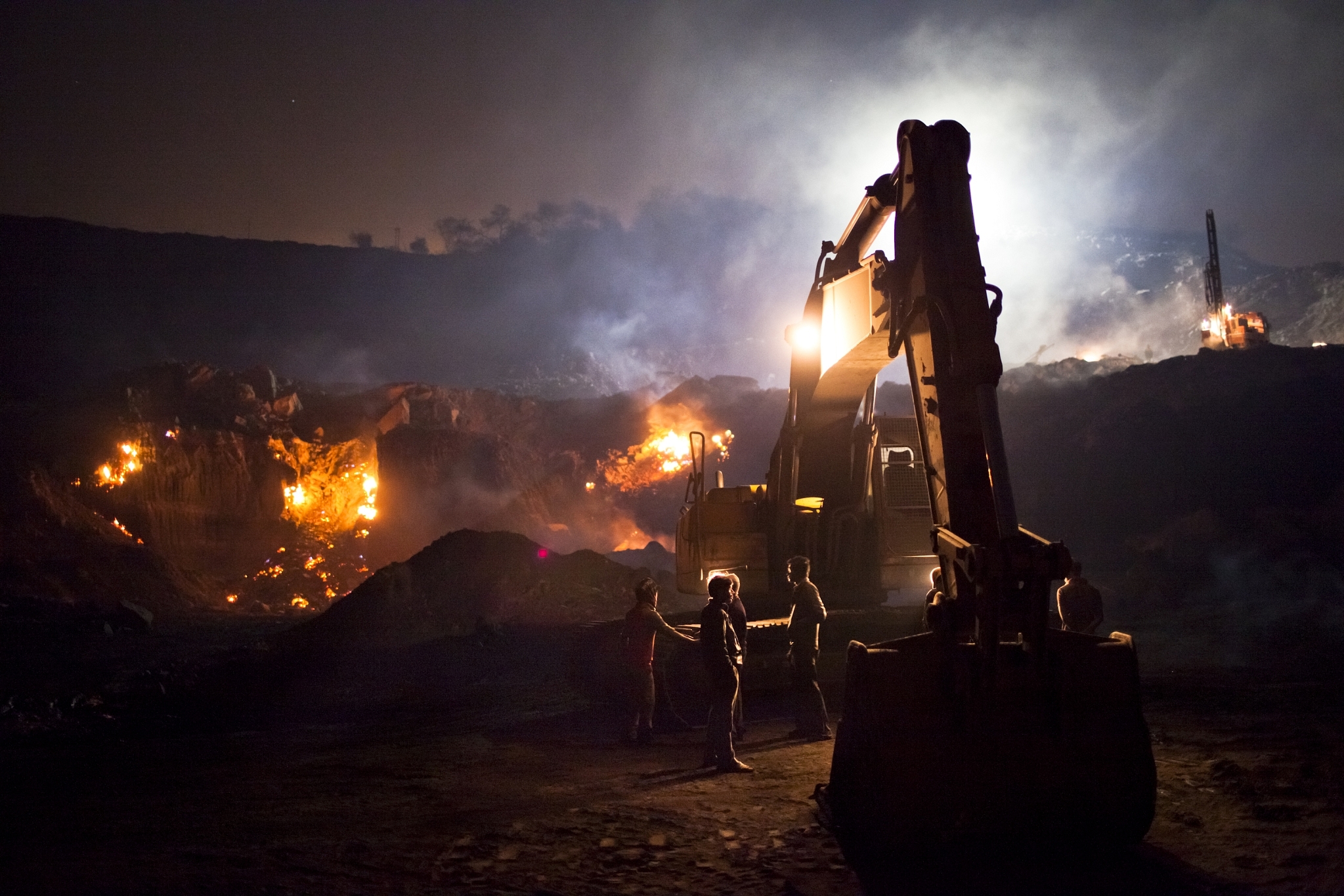News Brief
Explained: Why Allowing Commercial Extraction Of Coal Mines By Private Sector Is Such A Big Reform

Coal mining in India (Daniel Berehulak /Getty Images)
The union government on Thursday (18 June) started auction of coal mines for commercial extraction by the private sector.
Forty-one mines both large and small with peak rated capacities (PRC) ranging from 0.5 to 40 million tonne per annum (mtpa) are on offer under the first phase of commercial coal mine auctions.
These constitute a total geological coal reserve of 17 billion tonnes. The cumulative PRC of all mines is 225 mtpa.
Located in Chhattisgarh, Jharkhand, Madhya Pradesh, Maharashtra and Odisha, the mines are largely fully explored ones, that is, they can be brought to production immediately.
How is it different from earlier process?
After coal mining was nationalised in 1973, only state-owned Coal India Limited (CIL) was allowed to sell coal. The private sector firms were only allowed to mine coal for captive use for their cement, steel, aluminium and power plants.
Since the private sector was not allowed to sell coal commercially, CIL was the lone commercial miner and accounted for 84 per cent of India’s coal output.
In February last year, the government allowed private companies to sell up to 25 per cent of production from captive coal mines in the open market.
Between 1993 and 2014, around 200 mines/blocks were allotted to various government and private companies. However, these allocations were cancelled by the Supreme Court in 2014 after the CAG report unveiled huge corruption in the allocation process.
This led to the then newly formed NDA government to pass the Coal Mines (Special Provisions) Act, 2015 for fresh auction and allocation. The act enables private companies to mine coal for sale in the open market.
Prior to this act, the private sector companies had to apply for coal blocks and their proposals were evaluated by inter-ministerial committees. The process wasn’t transparent.
The act provides for a competitive bidding process and a nominated authority for conducting the process of auction and allotment, executing the vesting and allotment orders for successful bidders, and collecting the auction proceeds and transferring them to the respective state governments.
Why is it a big reform?
The miners will have the full freedom to use coal production for sale, captive consumption, sale to affiliates, coal gasification and exports.
The proposed auctions have liberal terms and conditions:
transparent bidding process
no financial and technical criterion for bidders, new companies are allowed to participate in the bidding process
floor price of coal mines has been set competitively at 4 per cent of revenue share
upfront amount is reduced and can be adjusted against royalty
liberal efficiency parameters to encourage flexibility to operationalise the coal mines
100 per cent FDI through automatic route
reasonable financial terms and revenue sharing model based on National Coal Index
The private sector commercial mining is expected to give a boost to the coal production reducing import dependence. This would also help stressed power plants, cement and steel sectors.
The development of coal sector will also help underdeveloped states like Chhattisgarh, Odisha etc. as the entire revenue from these auctions will accrue to them.
The initiative is aimed at attracting global investment in the mining sector. Overall, the reforms are expected to bring in more efficiency and latest technology.
Moving forward, the government can consider further reducing the disadvantageous position of the private sector by doing away with direct/preferential allotment to PSUs. An independent regulatory body can be set up for the coal sector. United States, for example, has a single energy regulator.
(With inputs from IANS)
Introducing ElectionsHQ + 50 Ground Reports Project
The 2024 elections might seem easy to guess, but there are some important questions that shouldn't be missed.
Do freebies still sway voters? Do people prioritise infrastructure when voting? How will Punjab vote?
The answers to these questions provide great insights into where we, as a country, are headed in the years to come.
Swarajya is starting a project with an aim to do 50 solid ground stories and a smart commentary service on WhatsApp, a one-of-a-kind. We'd love your support during this election season.
Click below to contribute.
Latest